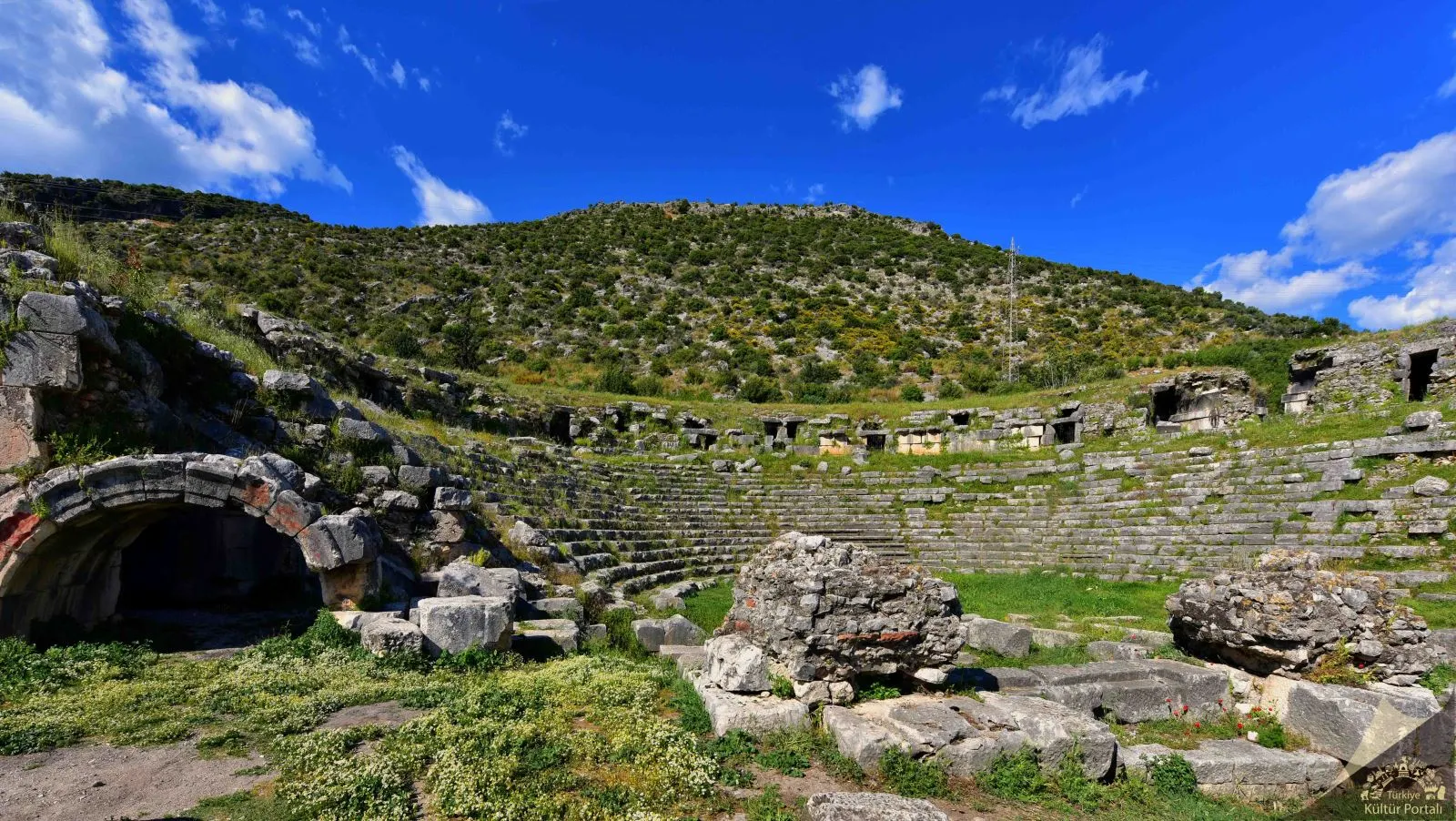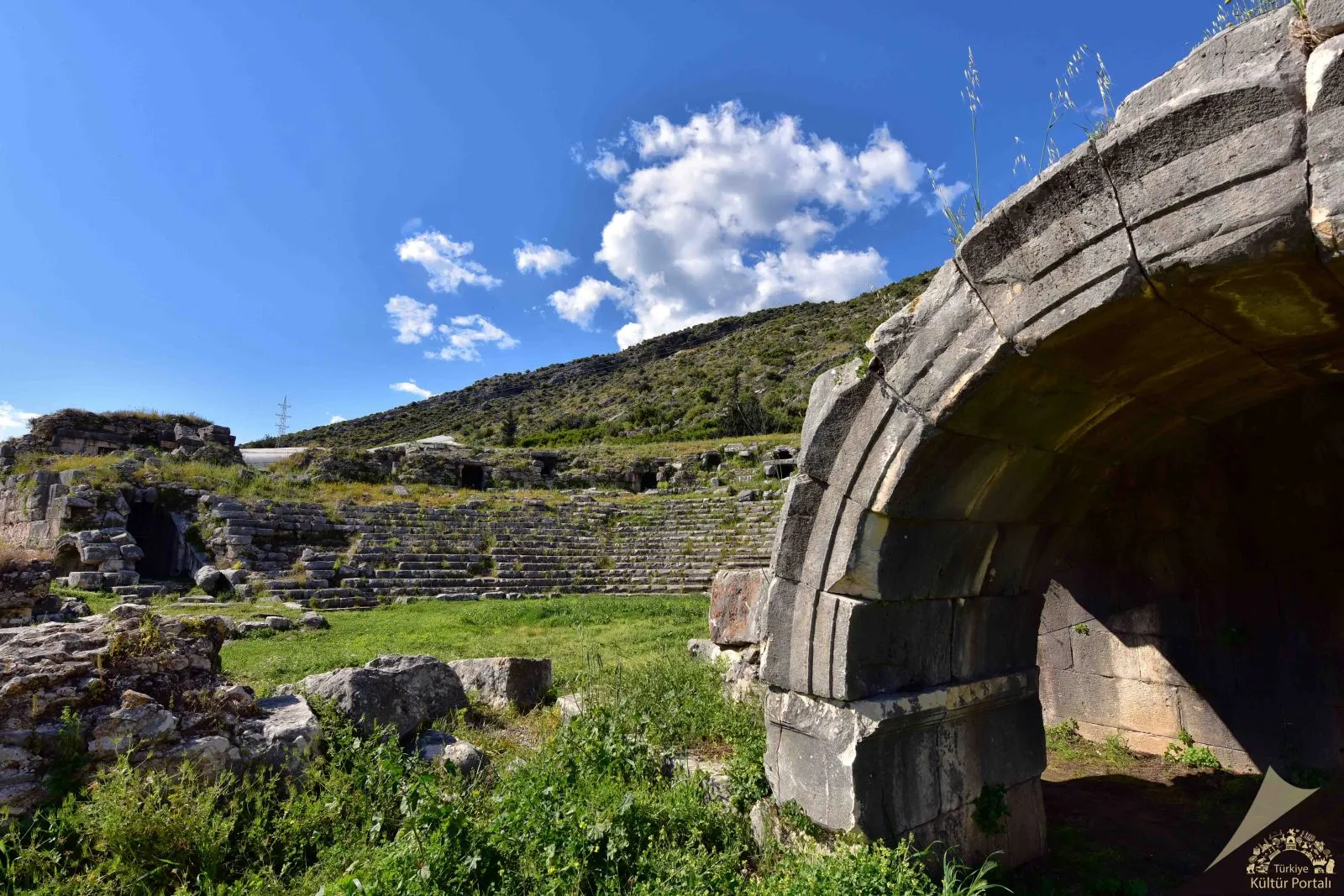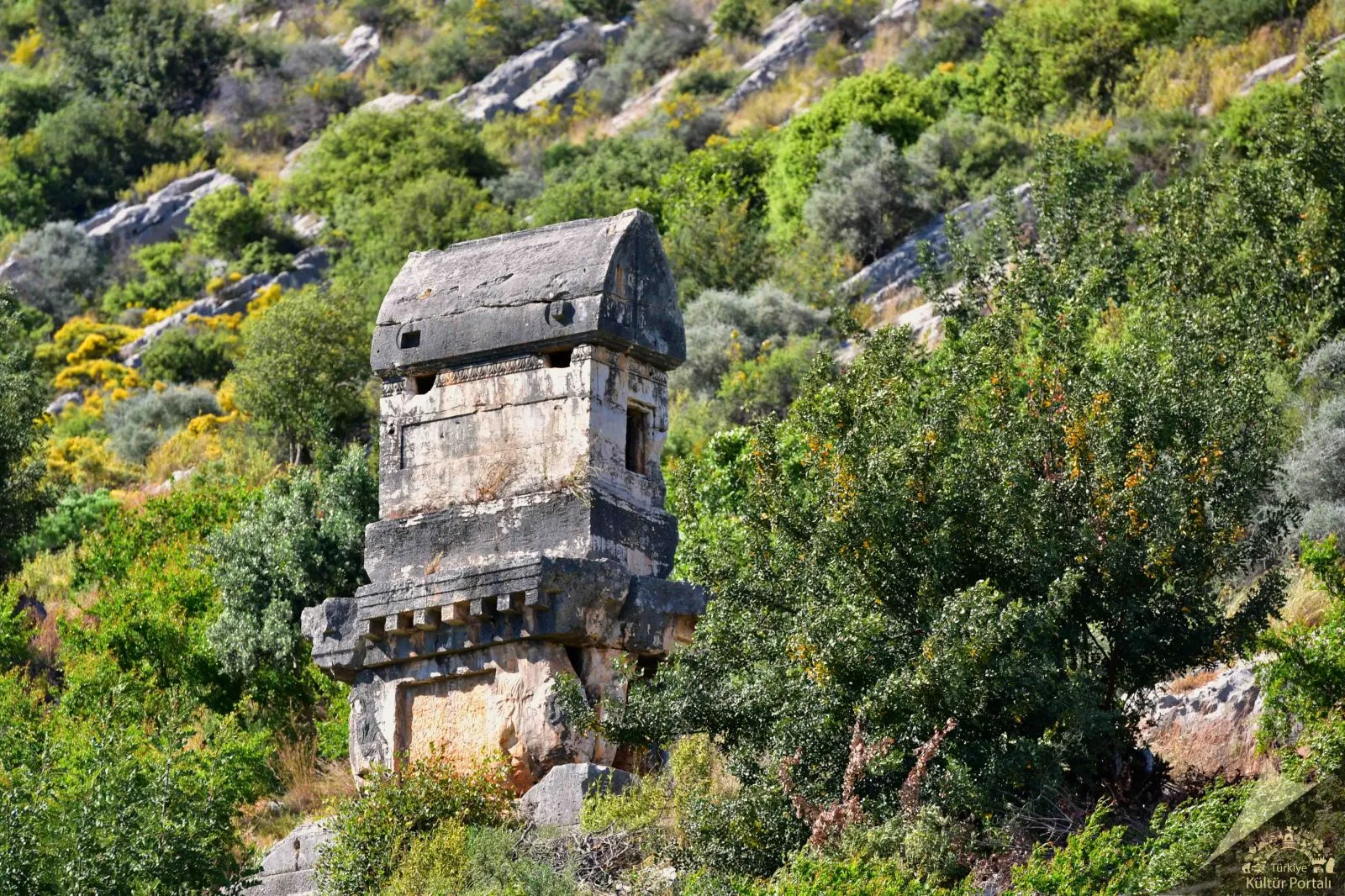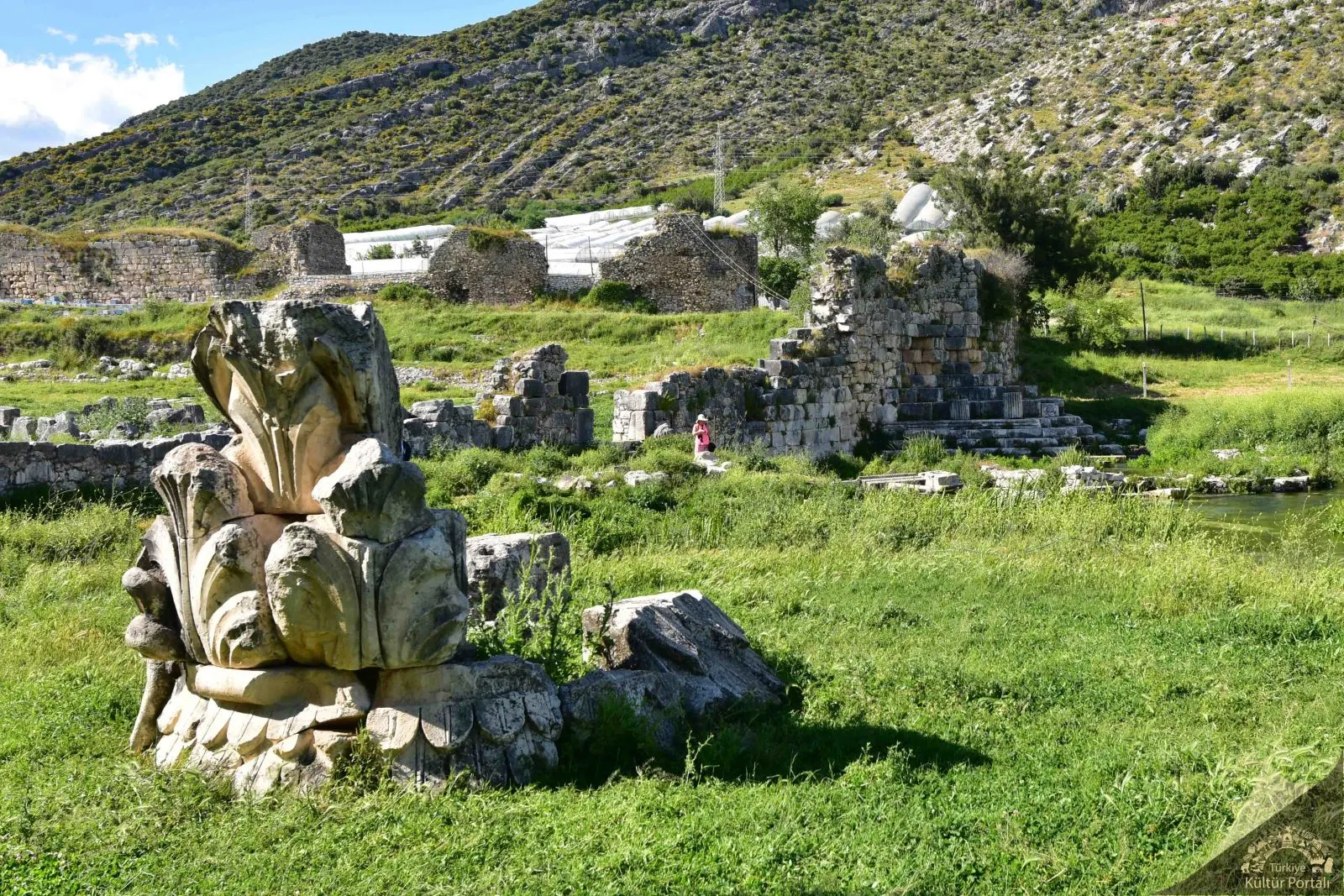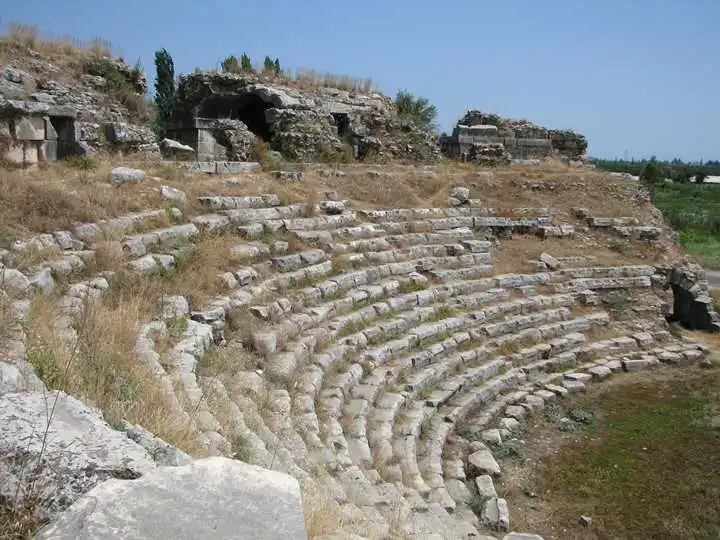Limyra Ancient City
Description
Limyra Ancient City, located on the borders of Turunçova and Sahilkent Towns in Finike District of Antalya Province, covers the area on the southern slopes of Toçak Mountain, consisting of an acropolis consisting mostly of early buildings and the area immediately south of it, which is now separated by a highway, within the Roman and Byzantine Age walls. The name of Limyra is mentioned as "Zemuri" in Lycian inscriptions. This proves that the city was inhabited at least since the 5th century BC. The most active period of the city was in the first half of the 4th century BC when Limyra became the capital of Lycia during the reign of Lycian King Pericle. It is understood from the historical records of the region that during the years when Perikle tried to establish the Lycian Union and expand his sovereignty, Persian sovereignty was in question, but this sovereignty remained only in words and Limyra, like other cities, remained in great freedom.
Limyra, which experienced its bright period after the Periclean Period in the 2nd and 3rd centuries AD, was damaged by earthquakes from time to time, but was rebuilt. The city, which was a bishopric centre during the Byzantine rule, was abandoned after the Arab raids in the 8th and 9th centuries. The ancient city of Limyra has been excavated by Austrian archaeologists since 1970.
The findings from different periods have shed light on the history of the region and provided the Antalya Museum with very important finds. The Acropolis, which is located in the north of the ancient city, consists of an inner castle and a lower castle in the north. In the lower castle there are fortifications, cisterns, Byzantine church and Perikle Heroon. The monumental tomb of King Perikles, dating from the 4th century BC, is of particular importance as its architecture is similar to that of the Nereid Monument in Xanthos and important parts of it are exhibited in the Antalya Museum. On the edge of the Turunçova-Kumluca motorway, where the acropolis reaches the plain, there is the theater building, originally from the Hellenistic period, which underwent major repairs in 141 AD. The south of the motorway is divided into two separate islands, east and west, by the Limyros stream. The area within the early Byzantine fortification to the west of Limyros contains older remains than the area to the east. A building called "Ptolemaion" has been excavated within the southern wall of the fortification. This Hellenistic monument and the plastic artefacts belonging to it, which are exhibited in the Antalya Museum, are the most important findings of the Limyra excavations in recent years. Another important structure in this area is the monumental tomb of Gaius Caesar, the spiritual son of Emperor Augustus, which was built in 4 AD. This monument was built because Gaius Caesar died in Limyra on his way back to Rome from Jerusalem. The body or the urn with the ashes was taken to Rome and a monumental tomb without the body was built in his honour.
Limyra is one of the cities with the most rock tombs in the Lycian region. There are more than four hundred rock tombs in the ancient city and most of the tombs are known by name with inscriptions written in the Lycian language.
Short Description
Limyra Ancient City, located on the borders of Turunçova and Sahilkent Towns in Finike District of Antalya Province, covers the area on the southern slopes of Toçak Mountain, consisting of an acropolis consisting mostly of early buildings and the area immediately south of it, which is now separated by a highway, within the Roman and Byzantine Age walls. The name of Limyra is mentioned as "Zemuri" in Lycian inscriptions. This proves that the city was inhabited at least since the 5th century BC. The most active period of the city was in the first half of the 4th century BC when Limyra became the capital of Lycia during the reign of Lycian King Pericle. It is understood from the historical records of the region that during the years when Perikle tried to establish the Lycian Union and expand his sovereignty, Persian sovereignty was in question, but this sovereignty remained only in words and Limyra, like other cities, remained in great freedom.

